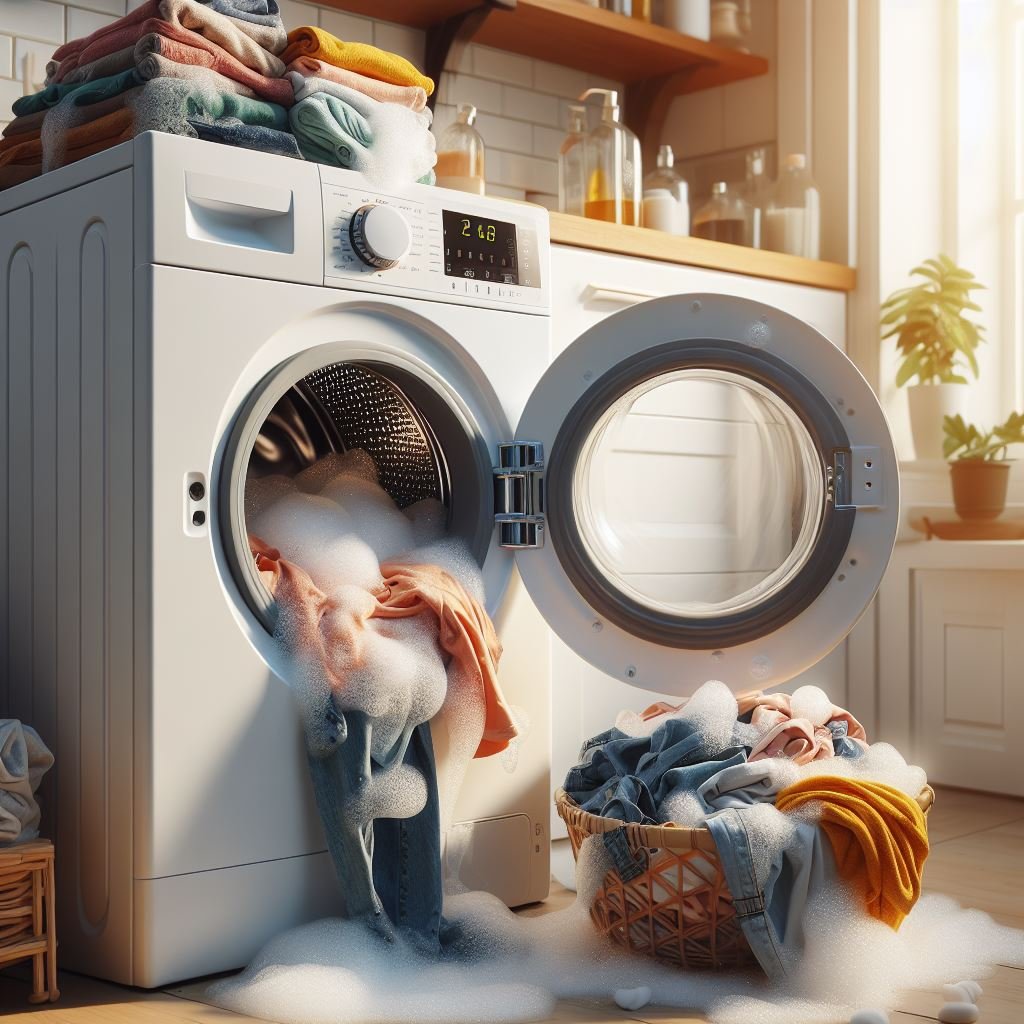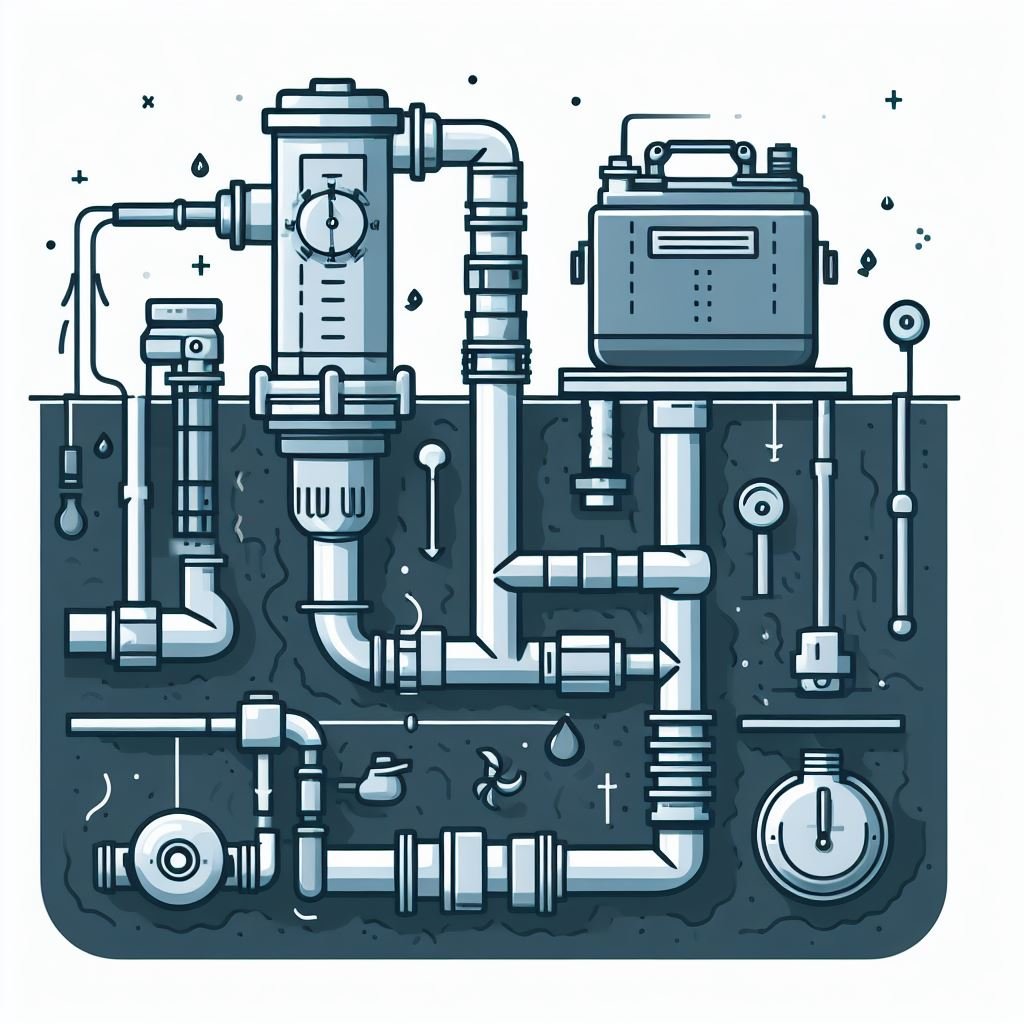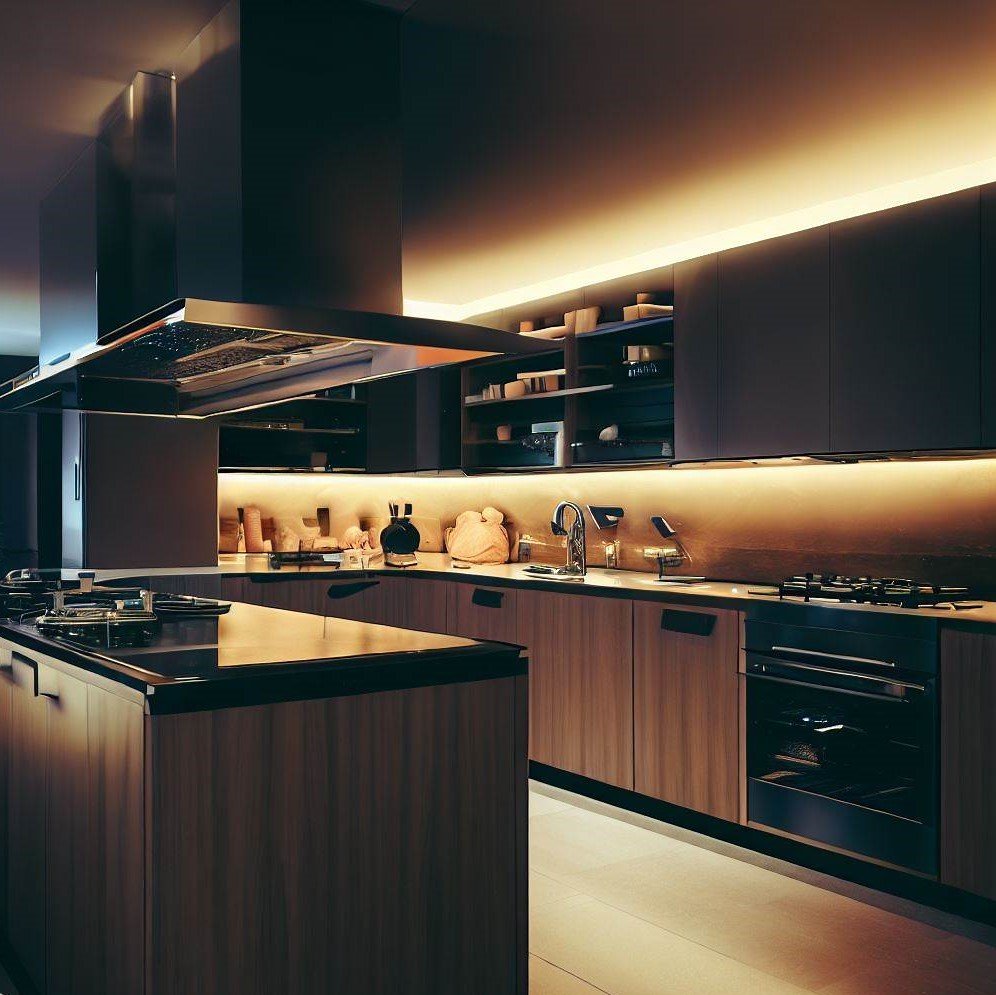Low-Maintenance Exterior Solutions: Benefits of Today's Siding Options
Discover the benefits of low-maintenance siding options for your home's exterior. From vinyl to fiber cement and composite, explore durability, style choices, and long-term savings in this comprehensive guide.
As a homeowner, you know that maintaining your property's exterior can be a never-ending battle against the elements. From harsh weather conditions to the relentless march of time, keeping your home's siding looking its best often feels like a losing game. What if you could break free from the cycle of constant repairs and repainting? Enter the world of low-maintenance siding options—a game-changer for those seeking a beautiful, durable, and hassle-free exterior.
Imagine spending your weekends relaxing instead of scraping, sanding, and staining activities. Picture a home that maintains its curb appeal year after year, without the need for costly and time-consuming upkeep. This dream can come true with the latest siding materials. They offer homeowners the perfect mix of style, longevity, and easy living.
Today's siding choices cater to a wide range of preferences and budgets, including the ever-popular vinyl siding, the rugged fiber cement, and the eco-friendly composites. They include the ever-popular vinyl siding, the rugged fiber cement, and the eco-friendly composites. Each material has unique strengths. They include unmatched durability, various looks, and energy-efficient insulation.
In this comprehensive guide, we will explore the benefits of low-maintenance siding solutions, comparing their features, costs, and environmental impact. It will compare their features, cost, and environmental impact. We'll also cover installation, maintenance, and common concerns. We'll do this through a set of FAQs.
Overview of Low-Maintenance Siding Options
Low-maintenance siding options offer homeowners both convenience and durability, making them a popular choice for modern residences. These siding materials are engineered to withstand harsh weather conditions, resist fading, and require minimal upkeep over time.
The shift towards low-maintenance siding materials has transformed the construction industry, especially in areas like Naperville, Illinois, where homeowners demand durable and attractive exterior solutions.
No longer are homeowners burdened with the constant upkeep and repairs associated with traditional materials like wood or stucco. Instead, they can choose from a variety of innovative options that prioritize aesthetic appeal and minimal maintenance requirements. Siding Naperville offers a variety of options to enhance the durability and appearance of their.
Three of the most popular low-maintenance siding materials in use today are:
Vinyl Siding: A versatile and cost-effective solution, vinyl siding is known for its durability and ease of maintenance.
Fiber Cement Siding: Renowned for its resistance to fire, pests, and weather elements, fiber cement siding combines strength with aesthetic versatility.
Composite Siding: Combining the best of both worlds, composite siding is an eco-friendly and energy-efficient option that offers long-term value.
Comparative Analysis of Low-Maintenance Siding Materials
To make an informed decision, it's crucial to understand the unique benefits and considerations of each low-maintenance siding material. Let's dive deeper into the characteristics of vinyl, fiber cement, and composite low-maintenance siding.
Vinyl Siding
Durability: Vinyl siding is highly resistant to moisture, rot, and insect damage, making it a durable choice for homeowners. With proper installation and maintenance, it can last for decades without losing its aesthetic appeal.
Style and Color Options: Vinyl siding is available in a wide range of styles and colors, allowing homeowners to achieve their desired look without sacrificing functionality.
Maintenance: Vinyl siding requires minimal upkeep. Regular cleaning with soap and water is often sufficient to maintain its appearance, making it one of the most low-maintenance options available.
Fiber Cement Siding
Resistance: Fiber cement siding is renowned for its resistance to fire, pests, and harsh weather conditions, making it an excellent choice for homeowners living in areas prone to extreme temperatures or natural disasters.
Aesthetic Versatility: With its ability to mimic the look of wood, stone, or brick, fiber cement siding offers a wide range of aesthetic possibilities, allowing homeowners to achieve their desired style while enjoying the benefits of a low-maintenance material.
Maintenance: Fiber cement siding requires periodic repainting or resealing to maintain its appearance and protect against moisture damage. However, the maintenance needs are generally lower compared to traditional materials like wood.
Composite Siding
Energy Efficiency: Composite siding, made from a combination of wood fibers and polymers, offers enhanced energy efficiency, helping homeowners save on heating and cooling costs.
Sustainability: Many composite siding options are manufactured using recycled materials, making them an eco-friendly choice for environmentally conscious homeowners.
Long-term Value: With its durability and low maintenance requirements, composite siding can increase a home's resale value and appeal in the housing market.
Maintenance: Like vinyl and fiber cement siding, composite siding requires minimal maintenance. Regular cleaning and occasional repainting or staining may be necessary to maintain its appearance.
Economic Considerations
When selecting a low-maintenance siding option, it's essential to consider not only the upfront costs but also the long-term savings associated with each material. Although some options may have a higher initial installation cost, their durability and minimal maintenance requirements can lead to significant savings over time.
For example, while vinyl siding is generally the most affordable option upfront, its installation costs can vary depending on the quality and thickness of the material. However, its low maintenance requirements can translate to substantial savings in the long run, making it an economically viable choice for many homeowners.
On the other hand, fiber cement siding and composite siding often carry a higher initial investment, but their superior durability and resistance to harsh weather conditions can reduce the need for frequent repairs or replacements, ultimately saving homeowners money over the lifespan of the siding.
Additionally, the resale value of a home can be significantly impacted by the siding material chosen. Homes with high-quality, low-maintenance siding options like fiber cement or composite are often perceived as more valuable and appealing to potential buyers, potentially resulting in a higher sale price.
Environmental Impact and Sustainability
In today's environmentally conscious society, it's crucial to consider the sustainability and eco-friendliness of the materials used in home construction. Fortunately, many modern siding options are designed with these factors in mind.
Composite siding for instance, is often manufactured using recycled materials, reducing the strain on natural resources and minimizing waste. Additionally, its energy efficiency capabilities can contribute to lower energy consumption and a reduced carbon footprint for homeowners.
Fiber cement siding, while not necessarily made from recycled materials, is a durable and long-lasting option that minimizes the need for frequent replacements, thereby reducing the overall environmental impact.
Even vinyl siding, which is primarily derived from petrochemicals, has made strides in sustainability. Many manufacturers now offer vinyl siding products that are recyclable at the end of their lifespan, contributing to a circular economy and reducing waste.
Installation and Maintenance
While the low-maintenance nature of modern siding options is a significant advantage, proper installation and periodic maintenance are still crucial for ensuring long-term performance and aesthetic appeal.
Professional vs. DIY Installation
For homeowners considering a DIY approach to siding installation, it's important to assess the complexity of the task and their expertise level. While vinyl siding is often regarded as the most DIY-friendly option, fiber cement and composite siding may require professional installation to ensure proper alignment, ventilation, and adherence to building codes.
Hiring a professional siding contractor can provide peace of mind and ensure that the installation is done correctly, potentially avoiding costly mistakes and prolonging the lifespan of the siding material.
Maintenance Guide
Regardless of the chosen siding material, periodic maintenance is essential to maintain its appearance and functionality. Here's a concise guide to maintaining different types of low-maintenance siding:
Vinyl Siding:
Regular cleaning with a mild soap and water solution
Gentle brushing or power washing to remove dirt and grime
Inspecting for cracks or damage and addressing them promptly
Fiber Cement Siding:
Periodic repainting or resealing to protect against moisture damage
Inspecting for cracks, chipping, or other signs of wear and tear
Replacing damaged sections as needed
Composite Siding:
Cleaning with a mild detergent and soft-bristle brush
Reapplying stains or sealants as recommended by the manufacturer
Checking for signs of moisture damage and addressing them promptly
By following these maintenance guidelines, homeowners can ensure their low-maintenance siding options remain in top condition for years to come, maximizing their investment and preserving the curb appeal of their homes.
Frequently Asked Questions
What is the typical lifespan of vinyl, fiber cement, and composite siding?
Vinyl siding can last anywhere from 20 to 40 years with proper maintenance. Fiber cement siding is incredibly durable and can last 50 years or more. Composite siding typically has a lifespan of 25 to 40 years.
How does the installation process differ for each type of siding?
Vinyl siding is relatively easy to install, making it a popular choice for DIY projects. Fiber cement siding requires more expertise and is best installed by professionals due to its weight and cutting requirements. Composite siding installation is similar to wood siding and may require professional assistance.
Can siding be painted or customized to change its appearance?
Vinyl siding comes in a variety of colors and styles, so painting is generally not recommended. Fiber cement siding can be painted or stained to achieve different looks. Composite siding is also paintable and can be stained to resemble wood.
How do I properly maintain and clean each type of siding?
Vinyl siding can be cleaned with a soft brush and soapy water. Fiber cement siding may require repainting or recaulking over time. Composite siding can be cleaned with a mild detergent and soft-bristle brush.
Conclusion
The world of home improvement is ever-evolving. Exterior solutions like vinyl, fiber cement, and composite siding are low-maintenance. They have changed the game. These siding materials have unmatched durability. They also have many looks and require little upkeep. They offer homeowners a perfect mix of beauty and function.
However, picking the right low-maintenance siding needs careful thought. You must consider factors such as climate, personal preferences, budget, and long-term value. By weighing the benefits and considerations of each material, homeowners can make an informed choice. It will align with their needs and priorities.
As you work to enhance your home's curb appeal and reduce maintenance, remember that the key is to embrace new solutions. They should not just beautify your living space but also help a greener future.
Take action today and explore the world of low-maintenance siding options available. Schedule a meeting with a good contractor. Or, visit a local home improvement store to see the materials. Embrace the freedom of low-maintenance living. Enjoy a home that combines beauty, strength, and convenience. It will last for many years.



















